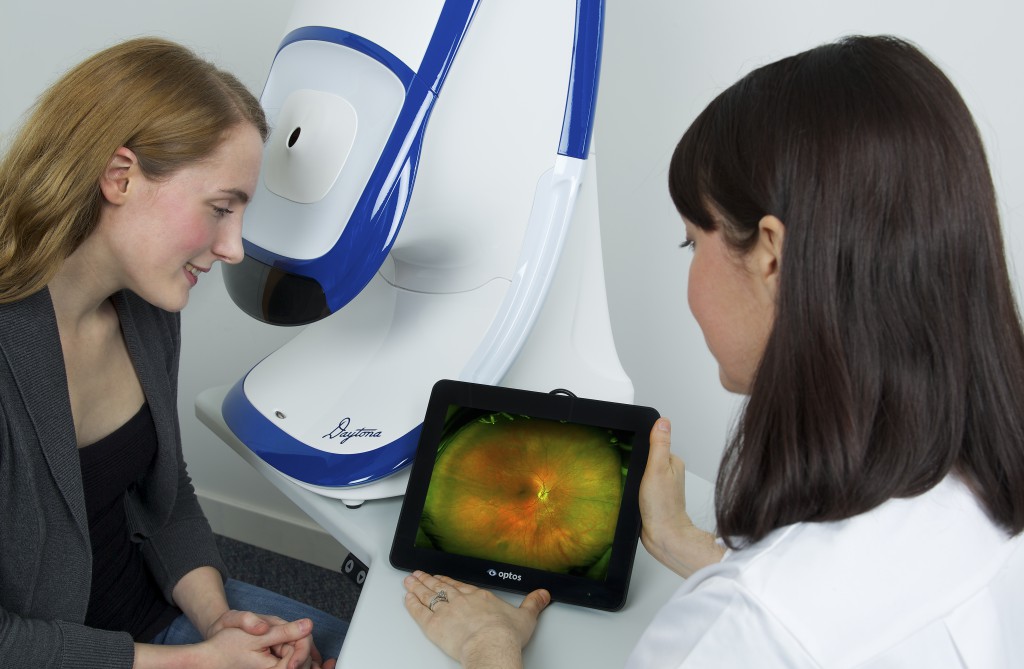In a world where there seems to be a commemorative day, week or month to build awareness for causes of every kind, it’s easy to pass over mention of a month to build awareness for women’s eye health and safety.

Women’s Eye Health and Safety Month
Not so fast.
The numbers are surprising and sobering. Women suffer from a variety of eye diseases and conditions at rates far higher than men. Of those in the U.S. with:
— Cataracts – which affect more people than any other vision impairment – 61% are women
— Diabetic Retinopathy – a leading cause of blindness in American adults – 51% are women
— Age-related macular degeneration – number four on the list – 65% are women.
—Dry eye – which afflicts nearly 5 million Americans over 50 years of age – more than 60% are women
What’s going on here?
Women are at higher risk for eye disease for a variety of reasons. Part of it has to do with life expectancy. Women outlive men, therefore a larger population of women will be afflicted with age-related eye disease like glaucoma, cataracts or macular degeneration. But it’s much more than a numbers game.
— Women who are in premature menopause, are pregnant, are undergoing hormone replacement therapy, are using birth control pills or are post-menopausal are all at higher risk for dry eye, which can lead to inflammation, discomfort and even vision impairment.
— Women who develop or have diabetes during pregnancy are at higher risk for diabetic retinopathy, which is a common complication of diabetes and can lead to blindness.
— As women are generally prescribed and use more prescription drugs than men, some may find themselves using medications that can affect eye health. Dry eye, for example, is associated with the use of antihistamines, antidepressants, cholesterol-lowering drugs and beta-blockers. Steroids as well as medications for Parkinson’s disease, ulcers and arrhythmia are linked to certain types of glaucoma.
What’s the Takeaway for Men and Women?
For women, especially those over 50 or with diabetes, an annual eye exam by your optometrist is an absolute must. Women who are pregnant, using birth control or undergoing hormone replacement therapy should advise their physicians about their prescription drug use and add an annual eye exam to their personal health plan. If taking medications for multiple conditions, ask your doctor about known side effects that could affect your eye health. And finally, eat right. Vitamin C, zinc, beta carotene, vitamin E, omega-3 fatty acids and lutein are all part of an eye-healthy diet.
For men, it’s pretty simple. Somewhere in your life you’ve got a wife, mother, sister, or older female relative. Be persistent, be annoying, but above all be certain that all the women in your life schedule and keep their annual eye exam.
We suggest that women and men include optomap in their annual eye exam. To find a provider near you, visit www.optomap.com.
Additional sources:
- General health risks: https://visionsource.com/blog/top-eye-health-risks-for-women/
- Steps women can take to manage their eye health: https://www.friendsforsight.org/resources/eye-health-awareness/item/63-women-s-eye-health-and-safety-month-april